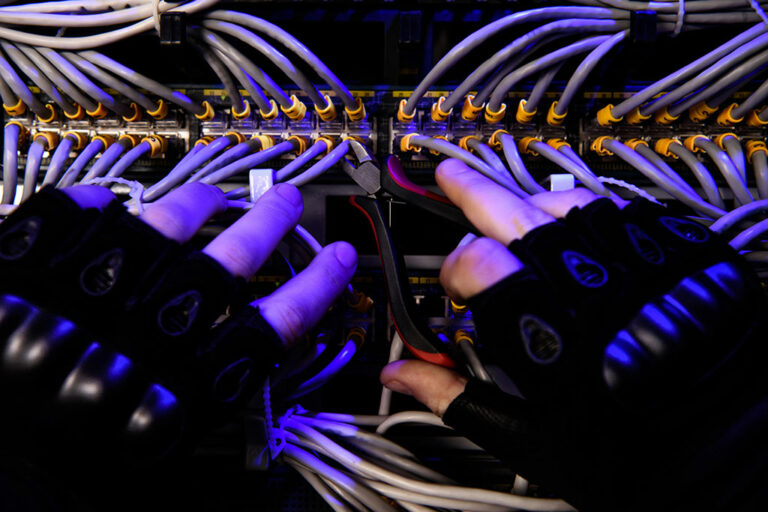Lightning Network developer Burak, known for his contributions and exploits in the Bitcoin community, has introduced a new layer 2 solution called “Brollups”, aiming to expand the DeFi capabilities of Bitcoin without requiring changes to the Bitcoin protocol itself.
Burak outlined Brollups in a Medium post, describing them as Bitcoin-native rollups that deeply integrate with the Bitcoin blockchain. Unlike other designs such as optimistic or zero-knowledge proofs, Brollups use Bitcoin’s infrastructure for transaction data and operate via the Bitcoin Virtual Machine.
Operators provide liquidity and advance the rollup state through linked Bitcoin (BTC price data) transactions. By using virtual UTXOs (VTXOs) as the foundation, Brollups enable smart contracts to execute as payable constructs, facilitating a range of DeFi activities like NFT sales and decentralized exchange transactions.
Brollups aim to handle a wide array of DeFi use cases on Bitcoin with transactions that are atomic, verifiable, scalable, and enforceable, leveraging Bitcoin’s robust security and decentralized nature.
A Broader Vision for Bitcoin DeFi
Brollups are positioned to address over 90% of DeFi use cases on Bitcoin by enabling atomic, verifiable, scalable, and enforceable transactions. This includes everything from NFTs to decentralized exchanges (DEXs), leveraging Bitcoin’s security and decentralization.
Brollups offer a solution that could potentially streamline and secure Bitcoin-based DeFi applications, thus eliminating the need for intermediaries and promoting a more decentralized financial ecosystem.
Historical Context and Previous Exploits
In October 2022, Burak exposed a vulnerability in the Lightning Network with a 998-of-999 multisignature Taproot transaction. This led to an emergency update for Lightning Network node operators.
Although no funds were stolen, the incident revealed potential issues within the Taproot upgrade, which had been implemented in November 2021. The Taproot update, considered one of the most significant since Segregated Witness (SegWit) in 2017, aims to improve Bitcoin’s privacy, efficiency, and smart contract capabilities.
Despite being a major update aimed at improving privacy and efficiency, Taproot was underutilized until January 2023, when Casey Rodarmor introduced the Ordinals protocol, which spurred greater adoption of Taproot’s features. In December 2023, Taproot transactions accounted for morw than 50% of all Bitcoin transactions, but the transaction volume has fallen to about 30% according to the latest data.
Previous Innovations and Future Prospects
Burak’s earlier project, Ark, launched in May 2022, focuses on simplifying payments on Bitcoin by eliminating the need for payment channels. Ark is designed to address the “inbound liquidity” problem of the Lightning Network, which requires users to have money available to receive money.
With Brollups, Burak continues to push the boundaries of what’s possible with Bitcoin layer 2 solutions. The Bitcoin community will be closely watching how Brollups and similar innovations contribute to the broader adoption and efficiency of DeFi systems on the Bitcoin network.
next